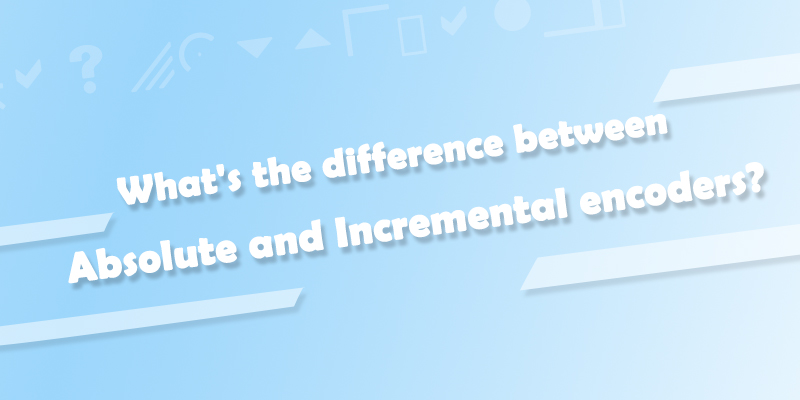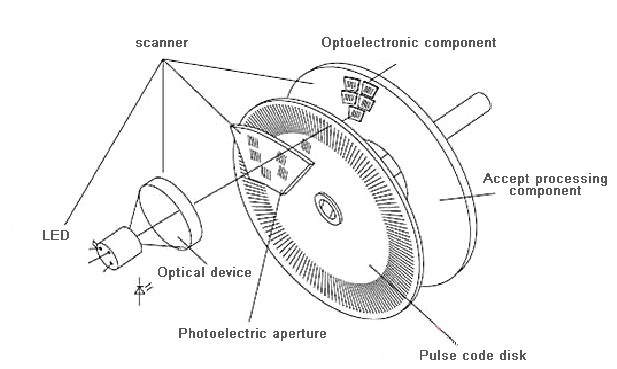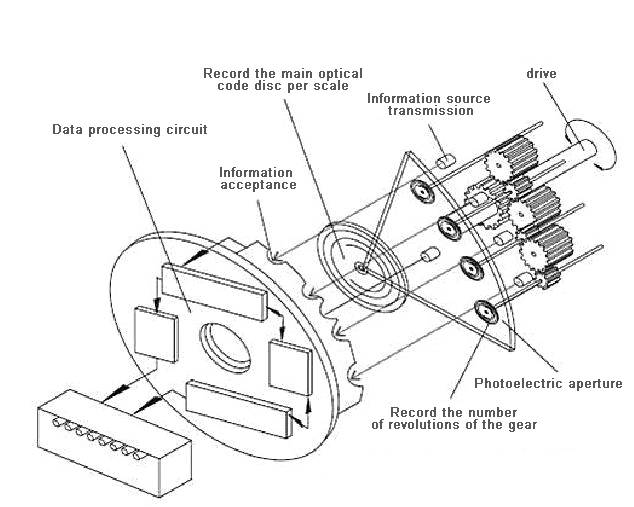What's the difference between Absolute and Incremental encoders?
Date:2019-07-11 Clicks:3147

Incremental encoder: Incremental encoder directly uses the photoelectric conversion principle to output three sets of square wave pulse A, B and Z phases; A and B have two pulse phase differences of 90. Thus, the direction of rotation can be judged conveniently, and the Z phase is one pulse per revolution for the reference point positioning. It has the advantages of simple principle and structure, over tens of thousands of hours of average mechanical life, strong anti-interference ability and high reliability, and is suitable for long-distance transmission. The disadvantage is that the absolute position information of the shaft rotation cannot be output.

Absolute encoder: Absolute encoder is a sensor that directly outputs digital. There are several concentric discs in the radial direction of its circular encoder. Each lane has a transparent and opaque sector. The sector tree of the adjacent code channel is doubled. The number of code channels on the code wheel is the number of bits of its binary digit. The light source is on one side of the code wheel, and the other side has a light sensor on each code channel. When the code wheel is in different positions, each photosensitive element converts a corresponding level signal according to whether it is illuminated or not, and forms a binary number. The feature of this kind of encoder is that it does not need a counter, a fixed digital code corresponding to the position can be read at any position of the rotary shaft.


